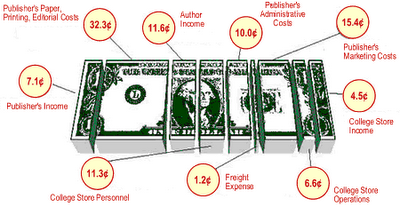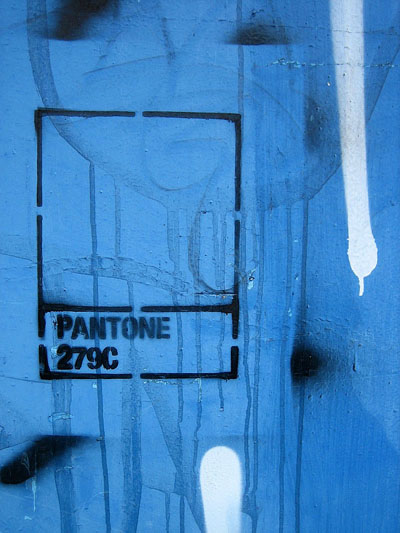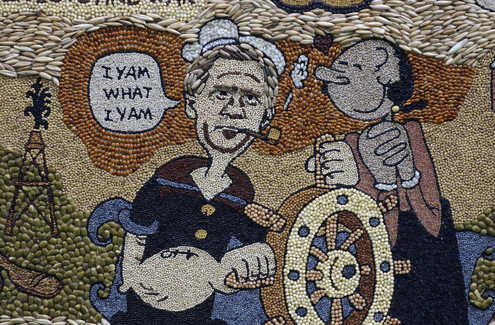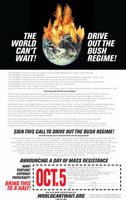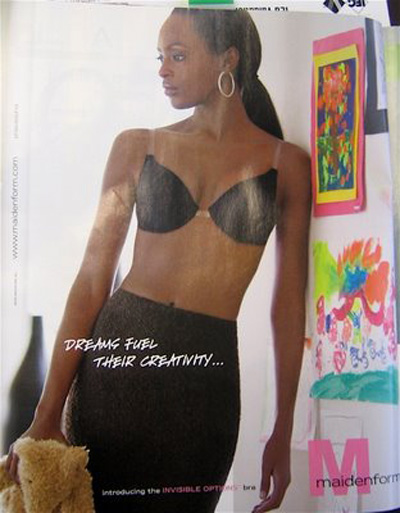 When politicians feature family members prominently in their campaigns—as attorney general Mike Hatch did when he announced the birth of puppies to family dog Bella in the “Hatch Family” section of his website and Sen. Norm Coleman did when he appeared with his father, a Battle of the Bulge war hero—how can they blame the media for covering fathers, daughters, and wives as news? But as a recent comparison of Twin Cities media coverage suggests, some politicians get different treatment than others when it comes to the misdeeds of their kin.
When politicians feature family members prominently in their campaigns—as attorney general Mike Hatch did when he announced the birth of puppies to family dog Bella in the “Hatch Family” section of his website and Sen. Norm Coleman did when he appeared with his father, a Battle of the Bulge war hero—how can they blame the media for covering fathers, daughters, and wives as news? But as a recent comparison of Twin Cities media coverage suggests, some politicians get different treatment than others when it comes to the misdeeds of their kin.On July 25, 2006, 81-year-old Norm Coleman, Sr., was spotted in a car outside Red's Savoy Pizza in St. Paul having sex with Patrizia Schrag, a woman 43 years his junior. The father of Sen. Norm Coleman, he was cited for lewd and disorderly conduct, and a court date was set. In total, the Star Tribune wrote fewer than 600 words on the story, according to a search of Lexis-Nexis and the paper’s online archives. The two stories that did run were headlined in a manner that even Star Tribune reader representative Kate Parry notes as “odd.” The first, a 272-word piece published on July 27, read “Coleman vows help for dad cited for lewd conduct.” A second story the following day had the headline “Coleman expresses concern for his father.” (The Pioneer Press' story, which was published online before the Star Tribune's, stuck to the factual: "St. Paul police cite Sen. Norm Coleman's father for lewd and disorderly conduct.") Both Star Tribune pieces concluded with this note:
Sen. Coleman has often referred to his father, a veteran of the Normandy invasion and the Battle of the Bulge and a former businessman, as one of his personal heroes.
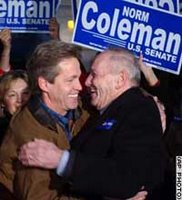 Even Coleman’s court hearing this week didn’t warrant coverage; says Curt Brown, who reported the initial stories, “It was just a continuance." (The St. Paul Pioneer Press deemed the Coleman story newsworthy and covered it on August 29, noting that Coleman would appear again September 25.) In 2004, another court case, also "just a continuance," was covered by the Star Tribune, and it involved the family members of another Minnesota politician.
Even Coleman’s court hearing this week didn’t warrant coverage; says Curt Brown, who reported the initial stories, “It was just a continuance." (The St. Paul Pioneer Press deemed the Coleman story newsworthy and covered it on August 29, noting that Coleman would appear again September 25.) In 2004, another court case, also "just a continuance," was covered by the Star Tribune, and it involved the family members of another Minnesota politician.Flash back two years: Mike Hatch’s daughter Anne traveled to Chicago to celebrate her 21st birthday at a club with her sister Elizabeth. At around 3 a.m., a guard at the club, Crobar, asked the sisters to leave because they were reportedly intoxicated and “causing a disturbance.” As police charged, a skirmish broke out and Elizabeth is said to have hit an officer in the face. After a trail and media spectacle that lasted 13 months, a Chicago judge acquitted the sisters of all charges, which included simple battery, resisting arrest, and criminal damage to property.
In sharp contrast to the Star Tribune’s sparse coverage of Norm Coleman Sr.’s police encounter, the paper dedicated more than 8,500 words to the “Hatch chicks,” as CJ, the paper's gossip columnist, took to calling them. Half of the stories featured photos of the then 21- and 24-year-old sisters, and the content of stories ran the gamut from factual reportage to essays on the “media buzz” the case had generated in Chicago to CJ’s top-10 list of questions for the sisters, which included, at number nine, “They are BABES! Why do you insist on calling them chicks?” and, at number four, “That Paris Hilton sex video is suddenly looking a lot more innocent isn’t it?”
 While the Minneapolis paper didn’t report anything on the results of background checks on Norm Coleman, Sr.—after a phone call, reporter Brown says Coleman had no prior arrests—the day after the Hatch sisters were charged, the Star Tribune ran a 1,200-word piece on Anne Hatch’s arrest in 2001, when, then 18, she tried to use her sister’s ID card to buy liquor.
While the Minneapolis paper didn’t report anything on the results of background checks on Norm Coleman, Sr.—after a phone call, reporter Brown says Coleman had no prior arrests—the day after the Hatch sisters were charged, the Star Tribune ran a 1,200-word piece on Anne Hatch’s arrest in 2001, when, then 18, she tried to use her sister’s ID card to buy liquor.Jane Kirtley, Silha Professor of Media Ethics and Law at the University of Minnesota, suggests that the protracted nature of the Hatch sisters’ trial gave reporters more material to print than Coleman’s seemingly open-and-shut case. “News organizations are often criticized for trying and convicting someone in the press before they have been tried and convicted in court,” she says, citing the recent case of JonBenet Ramsey's would-be-murderer John Mark Karr. “Most journalism ethicists would say it is appropriate to wait until an official proceeding occurs.”
In the first four weeks of coverage—roughly the same timespan between Coleman’s arrest and his court date this past Monday—the Star Tribune racked up nearly 3600 words on the Hatch sisters. Between the scuffle with police on March 27, 2004, and their first day in court, June 4, 2004, the paper wrote more than 4400 words on the case—more than half of their total coverage.
Coming in Part 2: The newsroom logistics--and politics--behind these decisions. Look for it Monday.
Cross-posted at Minnesota Monitor. Images (top to bottom): Bella and puppies; Norm and Norm Coleman, Sr.; the "Hatch chicks"

